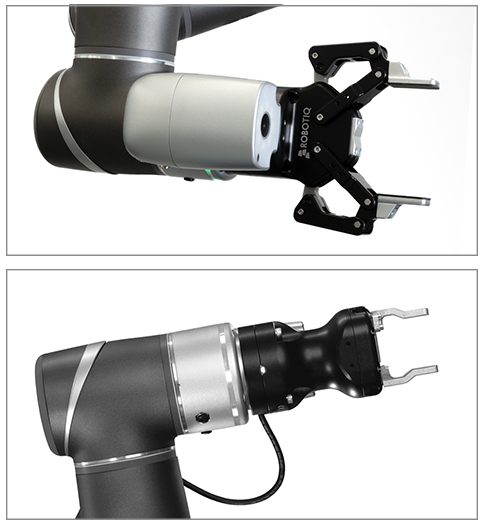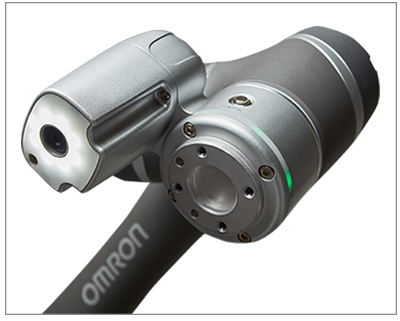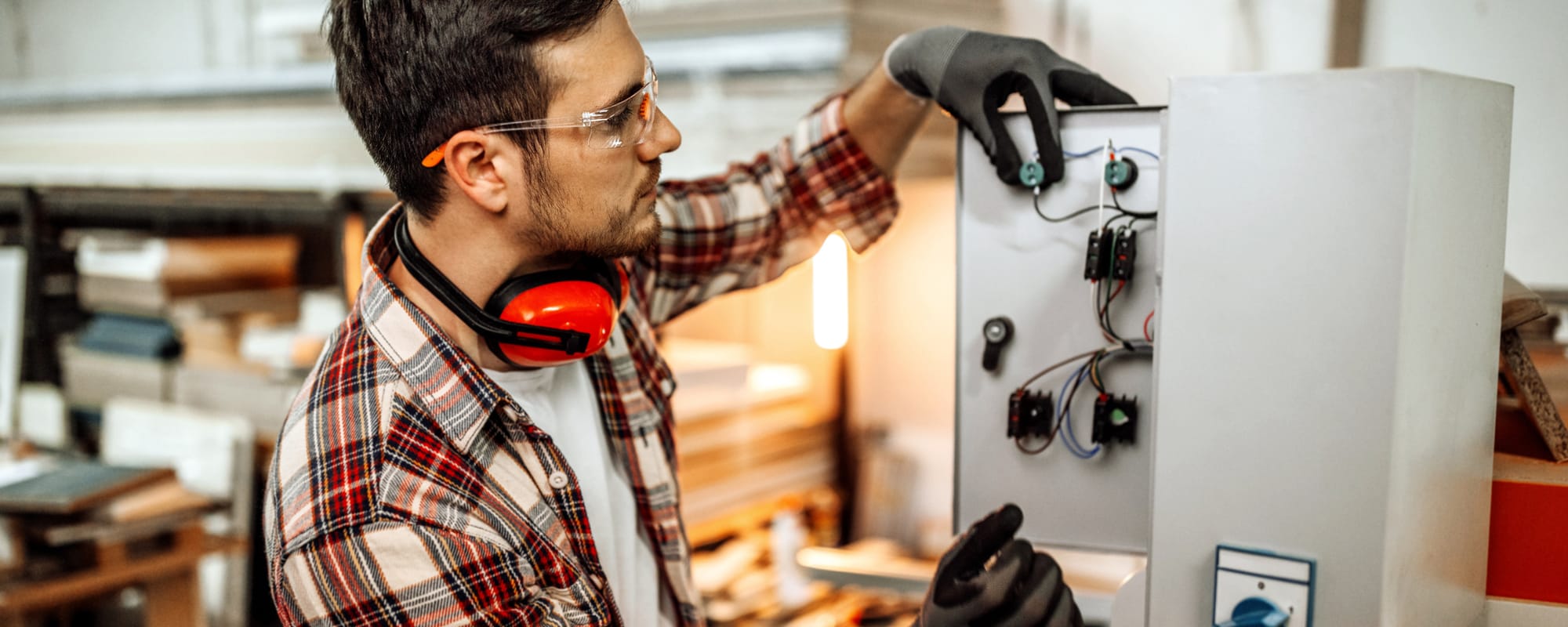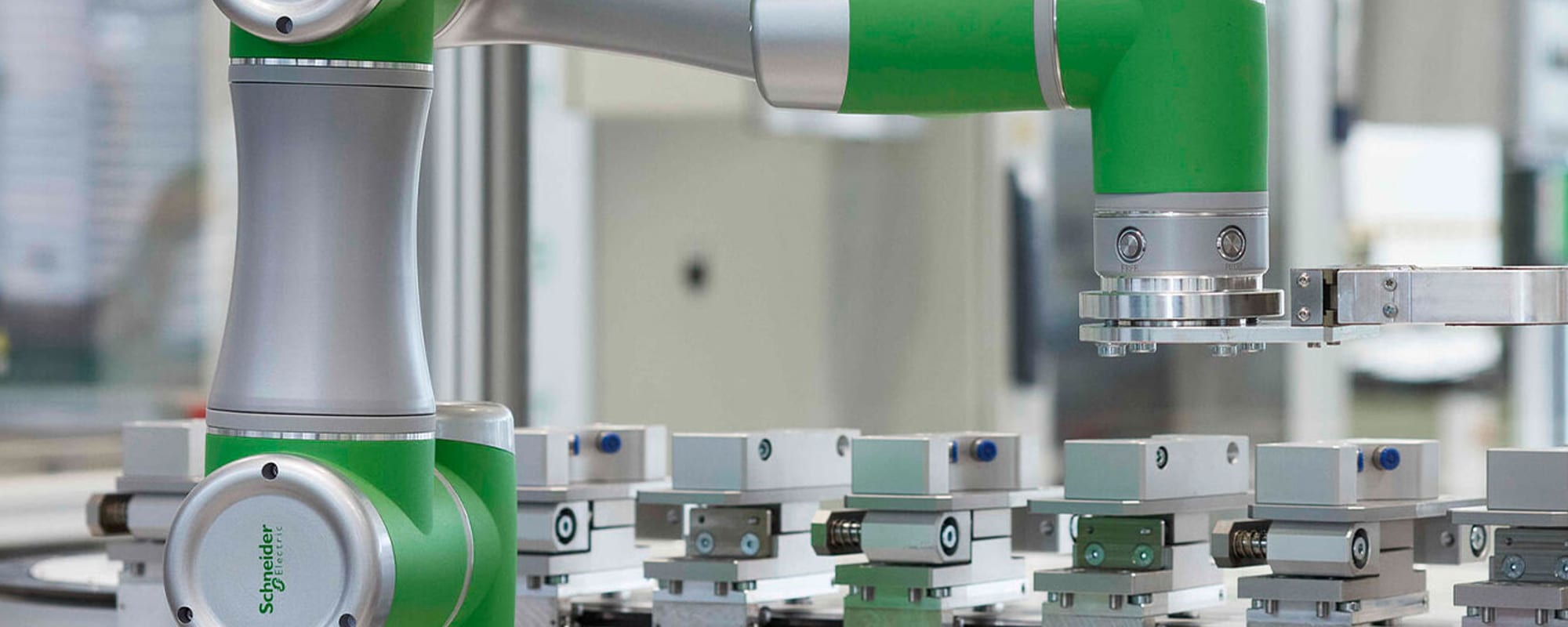Popular media has familiarized most people with the powerful efficiency of traditional industrial robots, and collaborative robots are an evolution of the technology optimized for interacting and working side-by-side with human operators.
Collaborative robots (cobots) may look like scaled-down versions of their traditional counterparts, but they are a specially designated category with a purposeful design, allowing them to work in direct cooperation with human operators within a defined workspace.
 The features driving increasing adoption of cobots in all industries are ease of configuration and use, especially as compared to traditional industrial robots which often require extensive engineering, are difficult to set up and lack flexibility. Operators work in close proximity to cobots, so safety is a must and comes as a built-in feature.
The features driving increasing adoption of cobots in all industries are ease of configuration and use, especially as compared to traditional industrial robots which often require extensive engineering, are difficult to set up and lack flexibility. Operators work in close proximity to cobots, so safety is a must and comes as a built-in feature.
If your business is faced with the following challenges, then cobots can help:
- How do we adapt to a shortage of skilled workers?
- How can we increase quality and production while minimizing expenses?
- How can we scale up manufacturing of high-variety, low-volume products?
- How can companies of any size adopt these advanced technologies?
Since cobots make robotics technology economical and user-friendly, all types of industries are getting started with them by engaging robotics companies or implementing robotic automation in-house.
This article introduces what cobots are and what they can do for you.
Machines Helping Humans
Industry is already quite familiar with humans controlling or using automated machinery for high-volume production. But for most of this equipment, especially traditional industrial robots, humans are purposefully kept away from the hazardous operating portions of the equipment using fences, barriers and other safety devices. The working parts of these machines are meant to do a job, and most are not capable of sensing human presence.
Cobots, on the other hand, are designed and built from the ground up to work directly with and enhance the safety of human operators, following a singular vision of human and machine working in harmony. Operators working alongside cobots results in improved efficiency, especially for high-mix manufacturing operations found in the majority of small-to-medium enterprises and global corporations. Compared with traditional industrial robots, cobots are streamlined with rounded edges, concealed fittings, minimal openings and no pinch points.
What is the Difference Between a Robot and a Cobot? has a more in-depth comparison of cobots and robots.
Cobots are Versatile
 Cobot hardware and software is very versatile, making them easy to apply for many applications. What are the Leading Cobot Applications? gives a closer look at the possibilities. Their compact size allows them to fit into a manufacturers existing workspace, their mobility enables them to be rapidly moved from one application to another and their flexibility facilitates quick reconfiguration for new tasks.
Cobot hardware and software is very versatile, making them easy to apply for many applications. What are the Leading Cobot Applications? gives a closer look at the possibilities. Their compact size allows them to fit into a manufacturers existing workspace, their mobility enables them to be rapidly moved from one application to another and their flexibility facilitates quick reconfiguration for new tasks.
An important cobot characteristic is mobility. Many cobots are configured as an arm with several movable joints, also called axes or degrees of freedom. A cobot configuration is partially defined by the number of degrees of freedom and how heavy of a payload it can hold at the end-of-arm. Although cobots can be mounted in a fixed location, their just-right size allows them to be mounted on a mobile workstation for relocation as needed.
The versatility of cobots is complimented by the breadth and ease of use of end-of-arm tooling. Many varieties of accessories and attachments can be installed at the end-of-arm, which can be thought of as the cobot hand. These are often referred to as tools or end-effectors, and numerous plug-and-play options include grippers with customizable fingertips adaptable to user applications. Or, users can build and automate their own specialized configurations. End-effectors are quickly interchangeable, allowing cobots to be used for many applications.
Configuring Cobots
Cobots were designed from the beginning for easy configuration, addressing a common difficulty found with traditional industrial robots. Cobots are quickly assembled right out of the box with pre-made cables, overcoming another challenge found with traditional robots which require complex installation procedures.
 Configuration software is flowchart-based with standard drag-and-drop functions. Minutes after unboxing and watching an introductory video, users can be training a cobot to move. Some cobots offer multicolor indicator lights letting users know exactly what mode the cobot is in, while a handheld pendant control interface allows users to stop and replay preconfigured actions.
Configuration software is flowchart-based with standard drag-and-drop functions. Minutes after unboxing and watching an introductory video, users can be training a cobot to move. Some cobots offer multicolor indicator lights letting users know exactly what mode the cobot is in, while a handheld pendant control interface allows users to stop and replay preconfigured actions.
Another method of configuration is for users to physically move the cobot robotic arm while in compliant mode to teach the necessary movements. This is a practical way for users to efficiently configure the cobot.
Some cobots natively integrate a camera and lighting at the end-of-arm. The configuration software includes built-in functions for using the camera for tasks and allowing the cobot to determine its exact location using calibration plates and landmarks. If the cobot is moved to a new location or parts are in variable positions, the cobot can use camera guidance to precisely and reliably adapt.
Cobot Safety
Cobots are designed to comply with ANSI RIA and ISO safety requirements and standards. Besides the ability to interlock with traditional safety sensors, cobots protect nearby humans by using low inertia force torque limited servo motors, force sensing, elastic actuators, collision detection and safety-rated axis limits to prevent injury from contact.
Built-in safety combined with quick configuration, ease of use and a high degree of flexibility are spurring use in a variety of industrial and commercial applications, with more widespread use sure to follow as the technology becomes more familiar.





